Wheels of power: How the e-mountain bike is bringing more riders to the trails

The reason for the e-xplosion is clear: E-mountain biking (eMTB) is incredible fun. These bikes completely redefine the horizons of what you can do on a mountain bike and who can do it. An eMTB lets you ride further, explore more, fit more trails into the same ride time, spend more time descending not climbing, and take on terrain that would be near impossible on a conventional bike. Importantly, by lowering the fitness barriers to entry, these bikes open the sport to people who otherwise would not have considered mountain biking.
But is it mountain biking?
The presence of e-bikes on the trails has attracted plenty of debate, especially amongst those who see themselves as the hardcore of mountain biking. Common claims are that e-bikes cause more damage to trails, that the influx of new riders to the sport ‘dumbs down’ trails, and that many e-bikers lack basic trail etiquette. We’d argue that most of these claims are at best generalisations, and at worst, elitist.
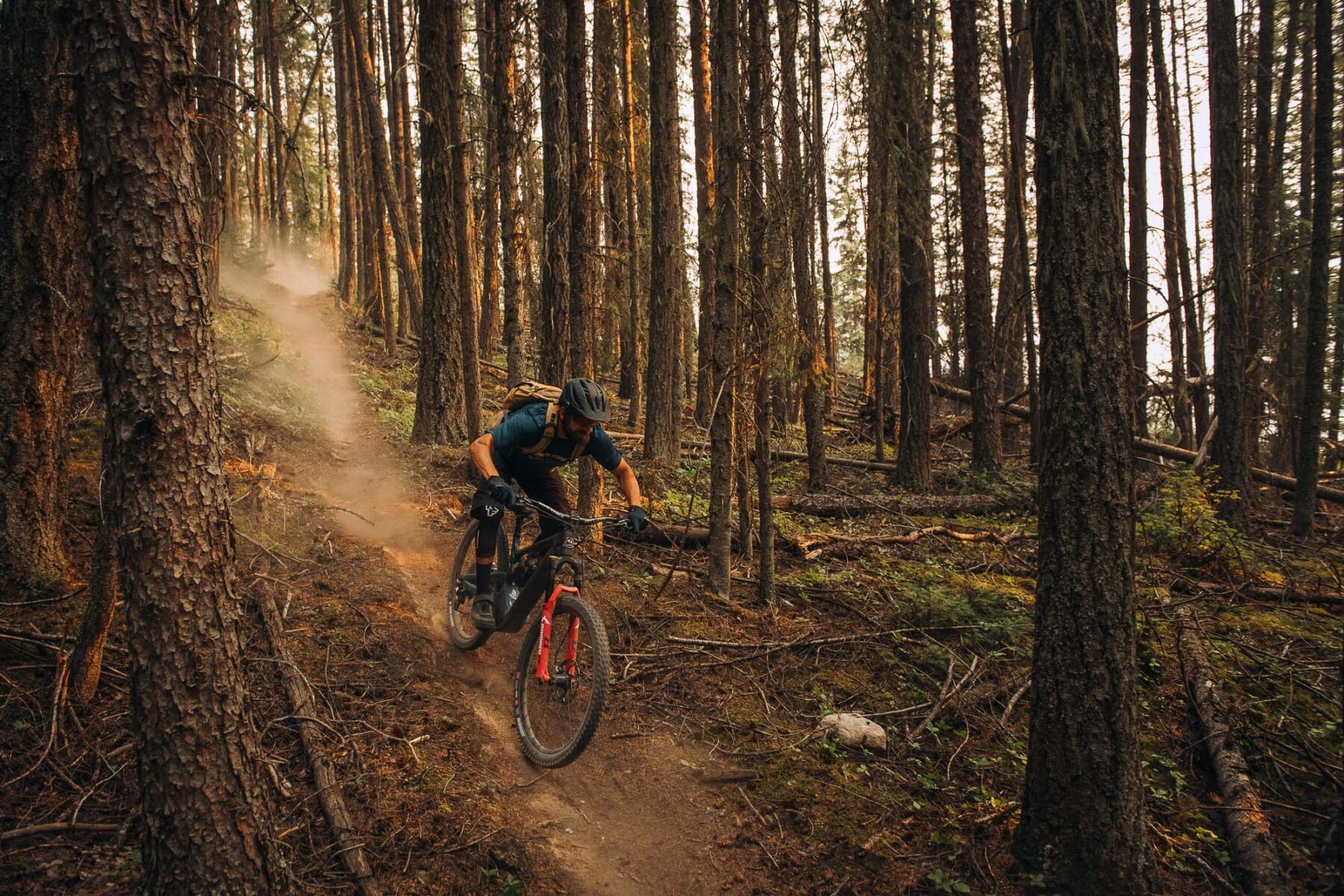
But it is easy to see why the divide between e-bikers and analogue riders could arise. In just a few short years, eMTBs have turned the sport on its head. And for some people who’ve been mountain biking for decades perhaps they feel like their sport has been invaded by people who haven’t done the hard yards of sweating up the climbs, earning their turns.
Either way, it’s a moot point now – the e-bike market is growing at an astounding rate. In Australia, e-bike sales grew by 50% in 2020-21, and globally the e-bike market is expected to grow more than 10% each year and reach over $41 billion USD by 2030. Whatever way you slice it, this can only be a positive outcome; more people riding means more investment in cycling infrastructure, including trails, and a stronger cycling industry. (For our pick of some of Australia’s best MTB destinations, click here.)
So, if you’ve been thinking about diving into the world of eMTB, what do you need to know before making the jump?
Lots to choose from, and lots to spend
Firstly, you’ve never been more spoiled for choice. Ever since Specialized threw its considerable budget and marketing nous behind the launch of the ground-breaking Levo eMTB in 2015, every major bike brand has followed suit. Most brands now offer a range of eMTBs to suit different riding styles. Even the most hardcore mountain bike brands with decades of racing heritage – such as Yeti Cycles and Santa Cruz Bicycles – are now producing eMTBs worthy of their illustrious headtube badge.
Just like in the realm of conventional bikes, you’ve got plenty of choices to make about suspension travel, bike geometry and riding style (for our guide to all things MTB, click here). There are now eMTBs covering every facet of the mountain bike spectrum, from cross-country focused hardtails, right through to long-travel freeride machines.
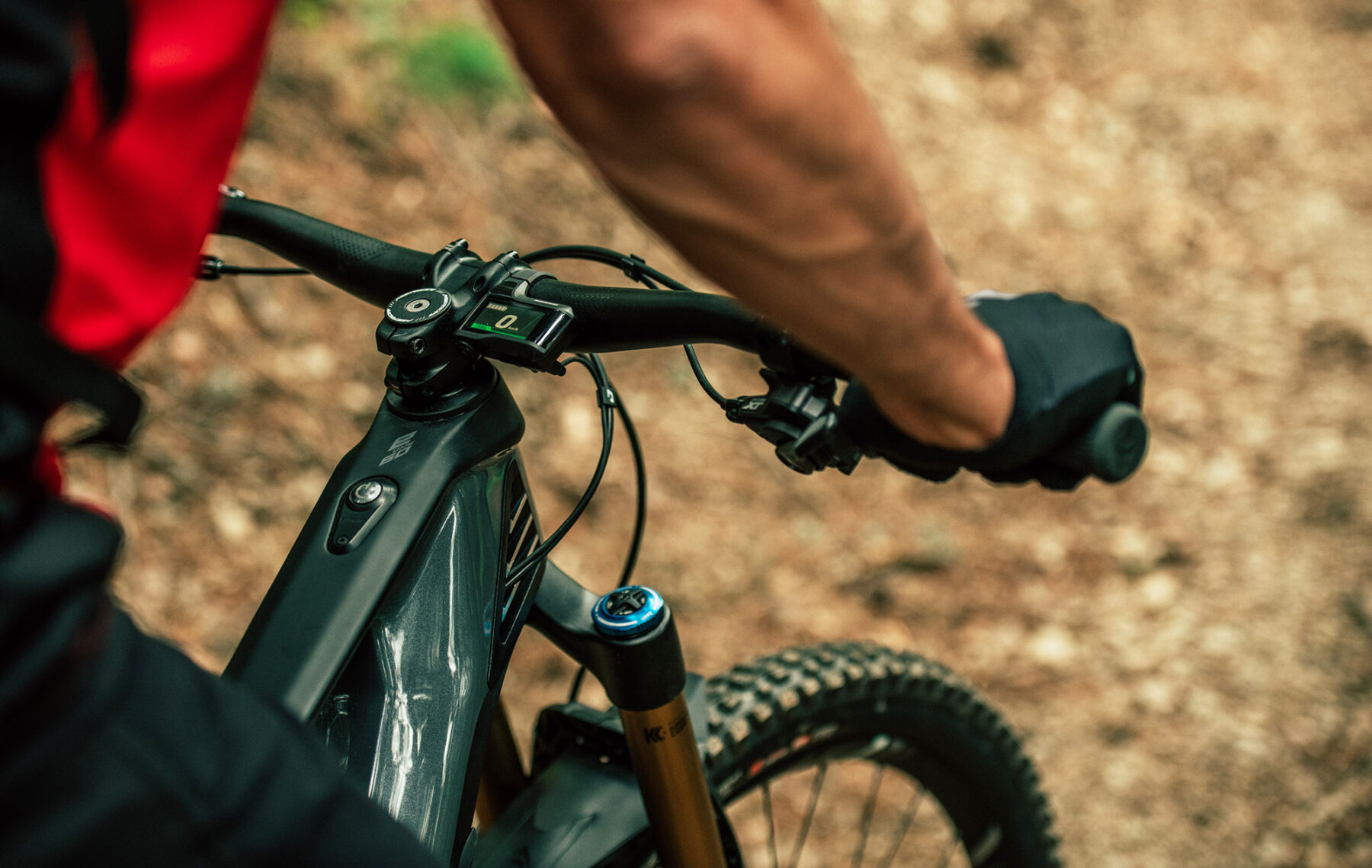
While you won’t struggle for options, you might struggle to afford one. eMTBs have become increasingly expensive. The global growth in cycling during the pandemic stretched supply chains to their limit, one upshot being that prices have jumped and jumped again, although this has slowed in the past year as the manufacturing times (and bike availability) have improved. A mid-to-high level dual suspension eMTB from some of the major brands now sits between $8,000 to $10,000, with higher-end models (or those from boutique brands) nudging the $15k mark, making an eMTB an investment that’s out of reach for many.
So, let’s assume you’ve robbed a 7-11 and can now afford an eMTB (or gone down the end of fin year sales route – or opted for the base model). You now need to decide what you’re going to prioritise in your bike’s performance.
What’s powering you?
On a conventional bike, the frame geometry and suspension dominate the way a bike performs. On an eMTB, you’ve got to factor the motor into the mix as well – the way power is delivered has a huge bearing on how the bike handles, particularly when climbing.
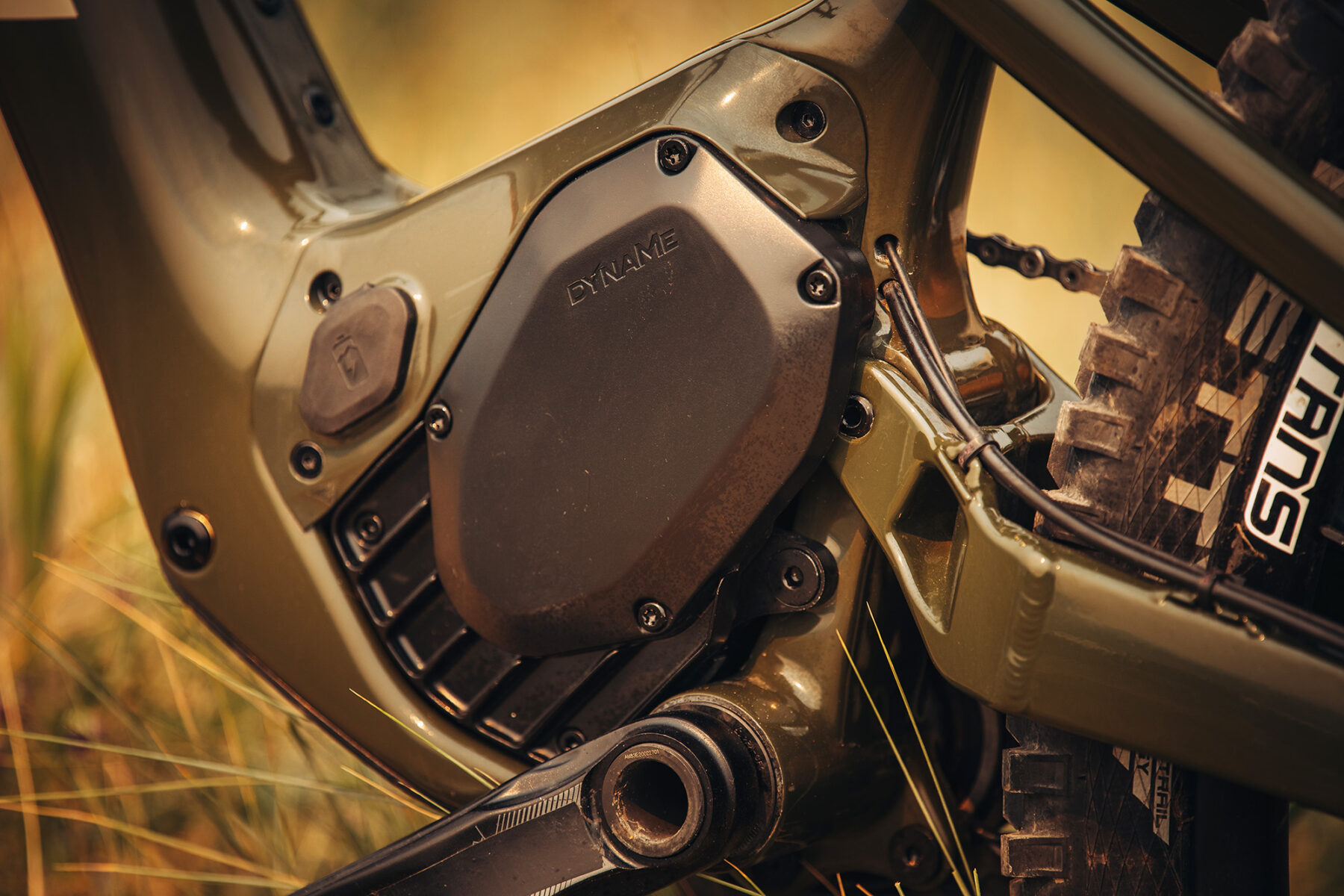
At one end of the spectrum, you’ve got a motor like the Specialized SL 1.1 which offers a maximum output of 240 Watts and relatively modest 35Nm of torque. At the opposite extreme, you’ll find something like the Dyname 4.0 motor employed by Rocky Mountain Bicycles in its Powerplay range of eMTBs. That motor pumps out 770 Watts and a huge 108Nm and will keep you accelerating up the steepest inclines. It’s horses for courses, but keep in mind you can always dial back the level of assistance from a more powerful motor, but you can’t magically add more grunt to a motor with less power.
Pretty quickly, some big names have come to dominate the eMTB motor market. The two largest players are Bosch and Shimano, who sell their motor and display systems to most of the major bike brands. Yamaha are also in the mix, finding a home with Giant bikes. Specialized has developed its own motor systems, as well as working with Brose, while several other brands are also pursuing partnerships with smaller motor manufacturers.
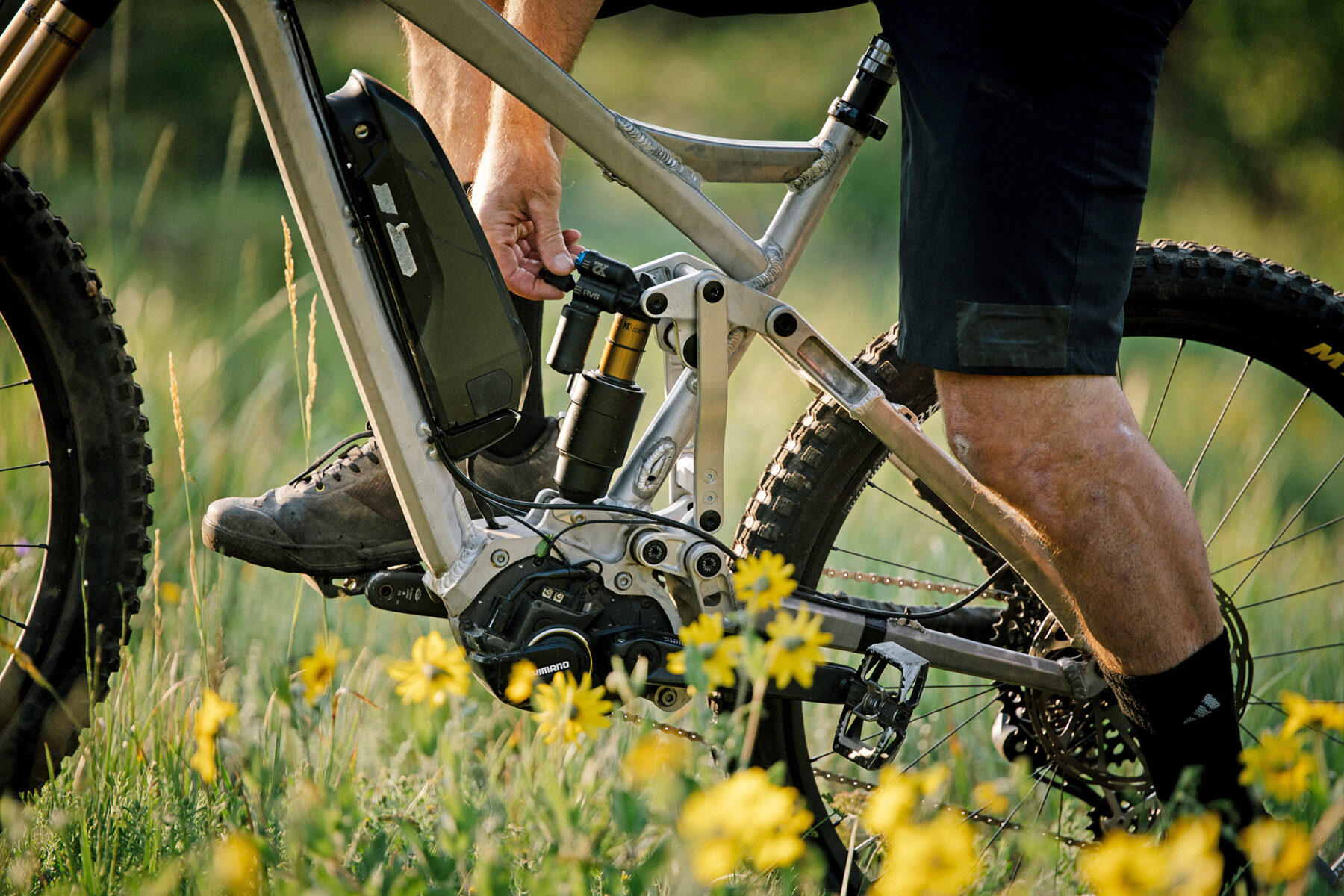
All these motors offer a range of different output levels you can toggle between on the fly, allowing you to scale back the power when you don’t need it and extend battery range. And most motors now offer some level of customisation, generally via an app, to adjust how much power is delivered in each output mode. This level of adjustment might go over your head initially, but it can be incredibly useful for dialling in the right amount of power for your local rides while maximising
battery life.
Full fat, or lite eMTB?
In the past couple of years, two schools of eMTB have emerged. On one hand you’ve got your ‘full fat’ eMTBs, which prioritise battery capacity and motor power but tend to be heavier and take a lot more physical input from the rider to replicate the type of handling you get from a conventional bike. Then there’s a new generation of light(ish)weight, lower-powered eMTBs, such as the Specialized Levo SL or the Orbea Rise. These bikes combine smaller batteries and motors to offer a riding experience that is more like a conventional bike, especially when descending.
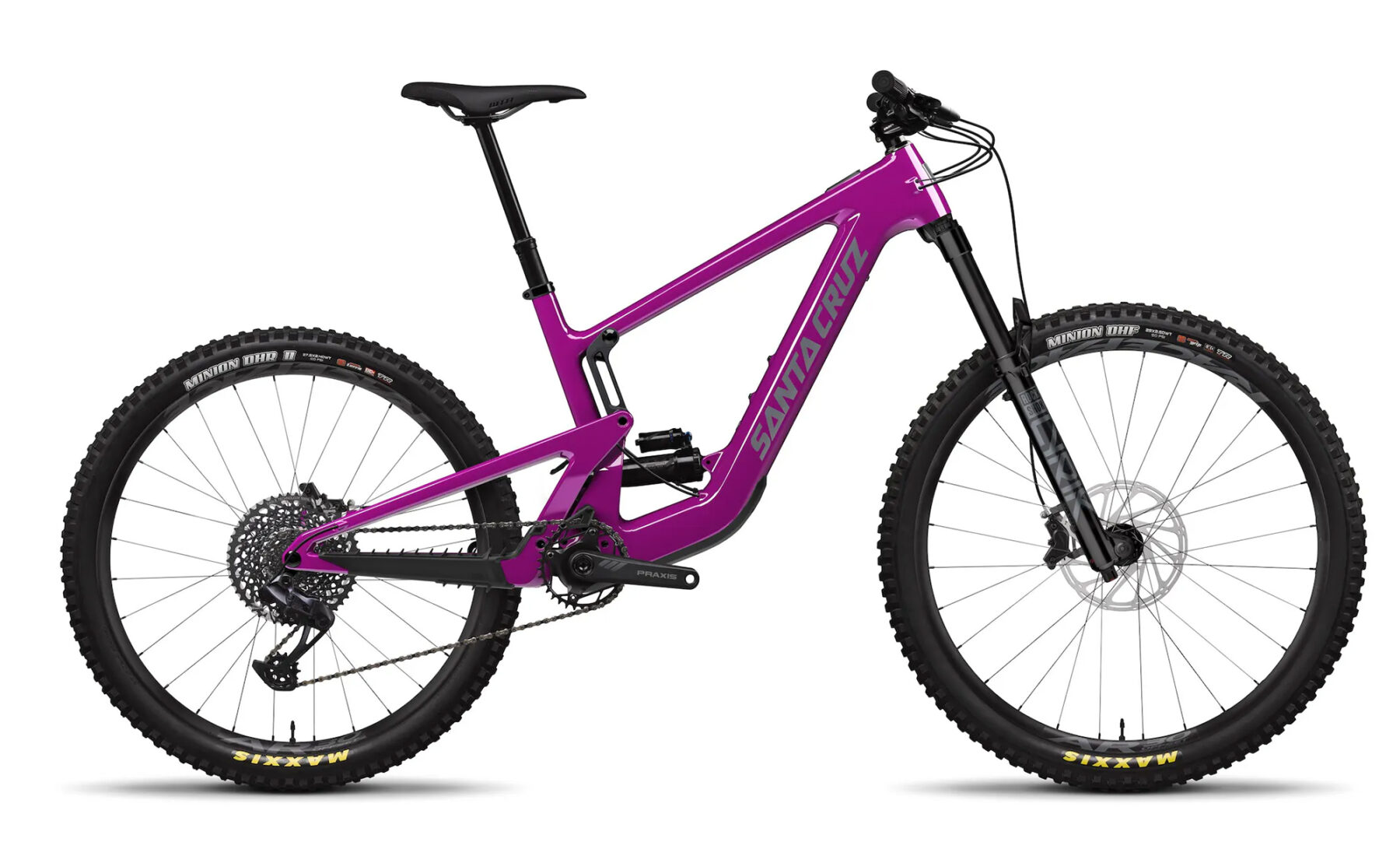
What’s better? Well, that depends on what you’re looking for out of your ride. If exploring steep and rugged terrain for hours on end and flying up the climbs is your priority, then opting for bike with huge battery capacity and lots of torque will leave you happy. Ride all day, bomb down whatever comes your way and climb up to do it all again. Just accept that the extra heft will be noticeable, bringing with it a different way of riding. No matter how good the bike’s geometry or suspension, the extra weight means an eMTB requires more effort to get it off the ground, feeling less nimble.
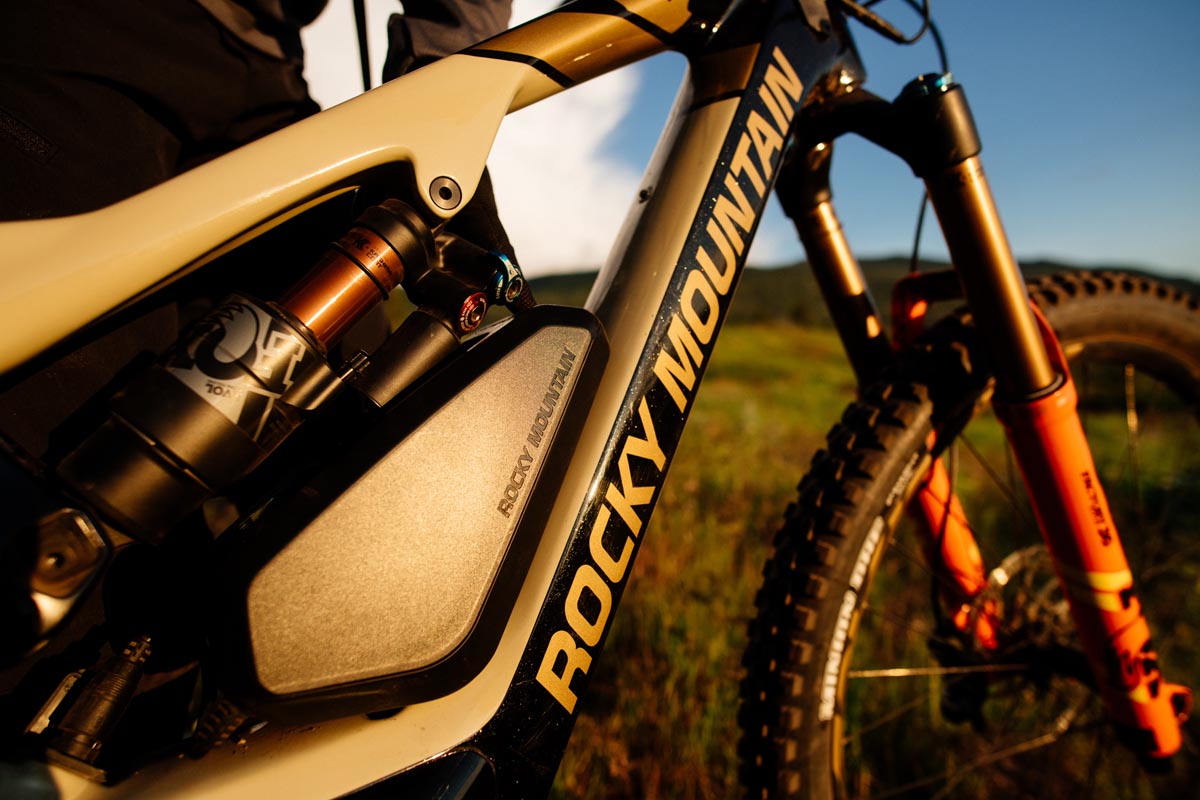
On the flipside, many people aren’t looking for a ride that’s so dominated by the bike’s motor – they simply want a bit of assistance on the climbs but still want to feel the burn. Or maybe they don’t want to sacrifice the type of handling they’re used to from a conventional mountain bike. That’s where these lighter weight eMTBs shine, bringing enough power to take the sting out of the ups, and only adding a few kilos over a normal bike. Off the shelf, these ‘lite’ eMTBs don’t offer huge battery life, but range extender batteries are generally available allowing you to add some extra capacity for those longer adventures.
Some practical considerations
For some riders, buying an eMTB allows them to ride with people who might be much fitter. The flipside is that riding an eMTB can be a bit lonely too; unless you’ve got other eMTB riders to pedal with, you might find yourself waiting at the top of a lot of climbs while your buddies on conventional bikes slog their way up. Fortunately, they’ll probably all go buy eMTBs too once they see how much fun you’re having.
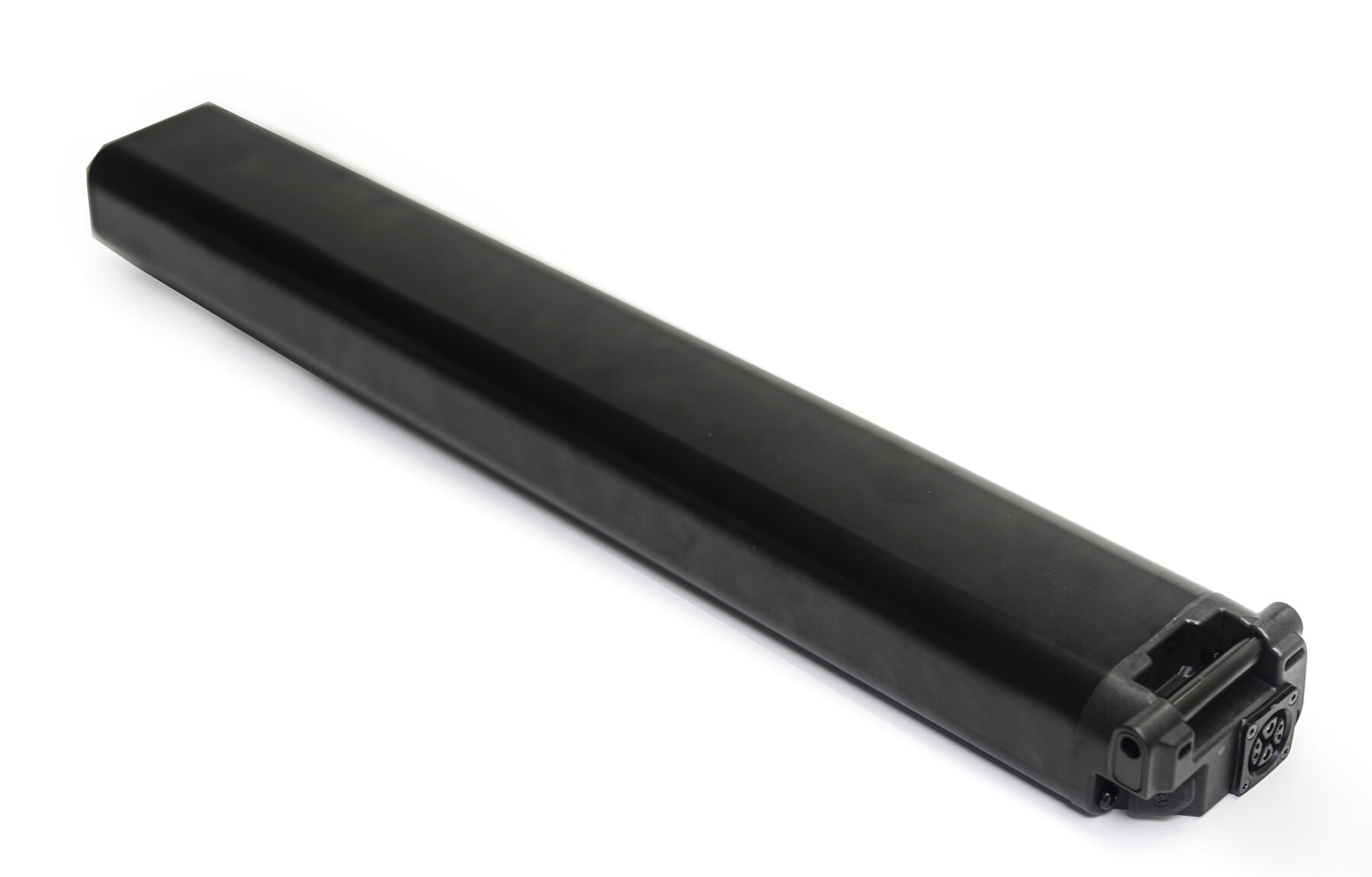
When you’re picking your eMTB, don’t get carried away. Because you’ve got a motor helping you get back up the climbs, there’s always a temptation to opt for a bike with gobs of forgiving suspension. But stay calm – a 170mm-travel eMTB might sound like fun, but if your trails are too mellow to warrant that much suspension, you’re going to end up with a soggy, lethargic ride. Pick the bike that suits 90 per cent of the riding you do.
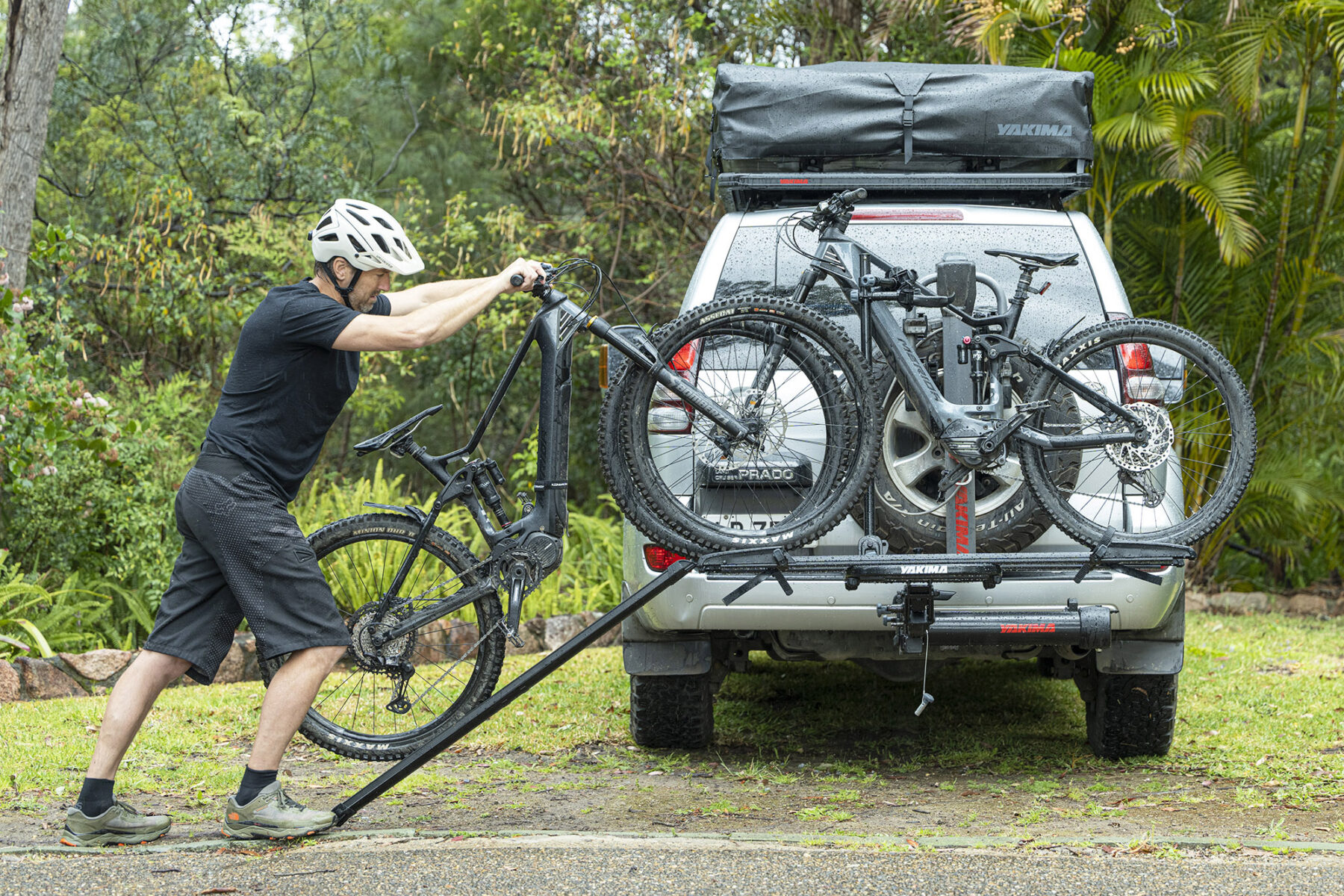
You’ll also need to think about transport, storage and charging your bike. With most eMTBs clocking in around (or above) the 23kg mark, putting your bike on roof racks is not an option unless you want weekly trips to the chiropractor. Yakima has a few e-bike-specific bike carrier options, and bike racks from brands such as Shingleback Off Road are well worth a look for eMTB transportation. Having a place to store your eMTB that has power available is handy too, so you can charge your bike easily without having to remove the battery (a process that often involves tools).
While you’re pondering your new eMTB purchase, or trying to convince your partner that it’s justifiable, it’s worth noting that an eMTB also makes a fantastic commuter bike – all that power makes for an effortless pedal on the tarmac to work. If you’re keen, you can even grab a second set of wheels with slick tyres for the road commute, then pop your knobby tyres back on for slaying trails on the weekend.
E-specific equipment
As the handling and descending performance of eMTBs has evolved, more aggressive riders have taken to eMTB, and the equipment is being pushed much harder now. The pinnacle of this is EWS-E, an eMTB-only race series that has been attracting some of the sport’s biggest names including a raft of former World Champion downhill racers.
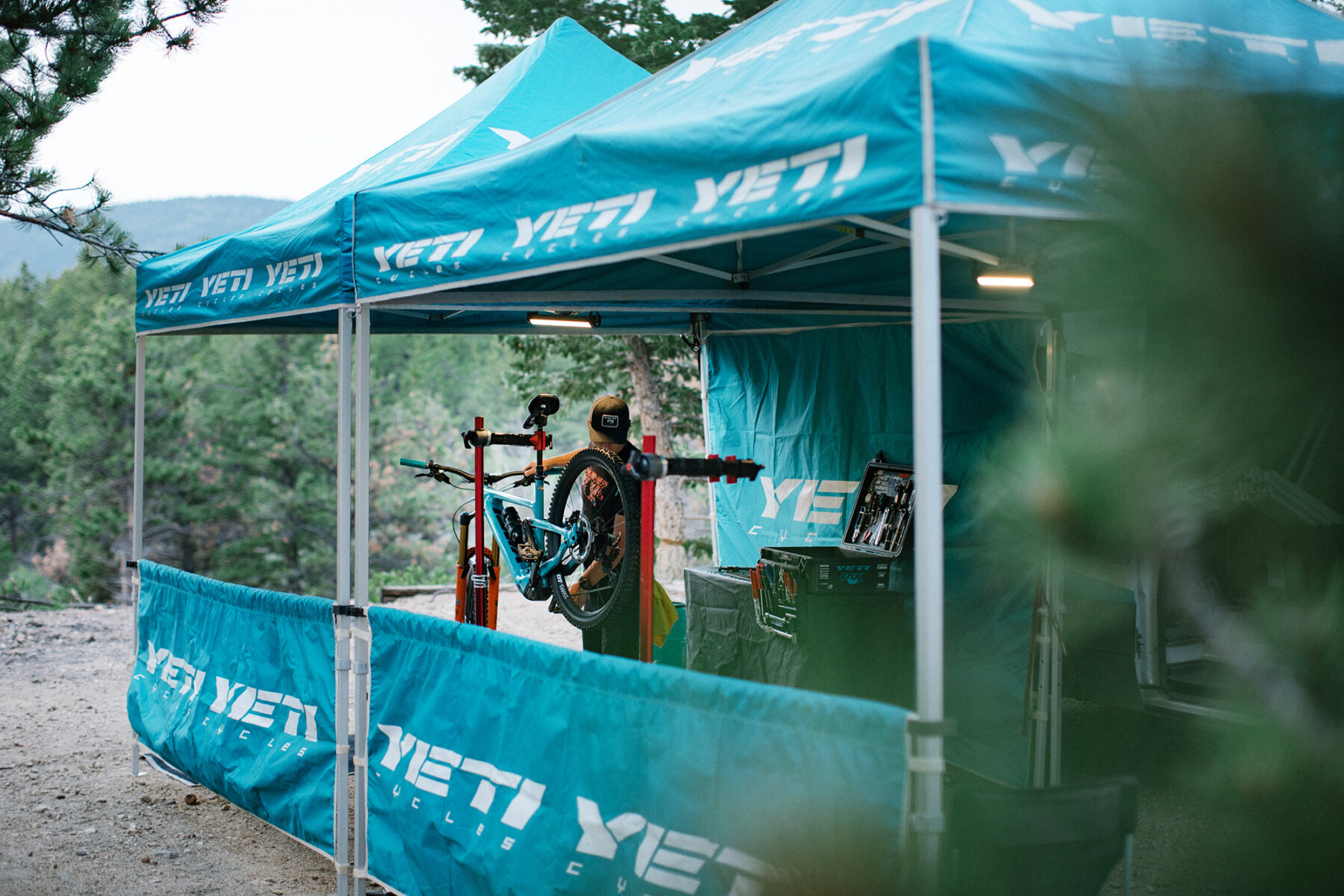
The racing mixes incredibly technical climbing stages with equally terrifying timed descents. It’s a real proving ground for eMTB equipment, with rider feedback from the EWS-E helping shape bike design. The heavier weights of eMTBs, plus the ability to ride them very hard all the time, both up- and downhill, has led to e-specific components being developed. Suspension forks are being beefed up for eMTB use, with more material in the crown and legs, while brakes and brake rotors are upsized, and tyre technologies are evolving to deliver the support, durability and puncture resistance needed to handle hard eMTB riding.
So, do I plug in?
The past half dozen years has seen incredible development in the eMTB space. It’s no surprise really – eMTB represents an opportunity to attract a whole new legion of riders into the sport and brands have been working like mad to get ahead of the competition. So, is now the time to make the leap? Or is bike technology going to continue to evolve so fast that your new eMTB will look and feel very dated in a year’s time?
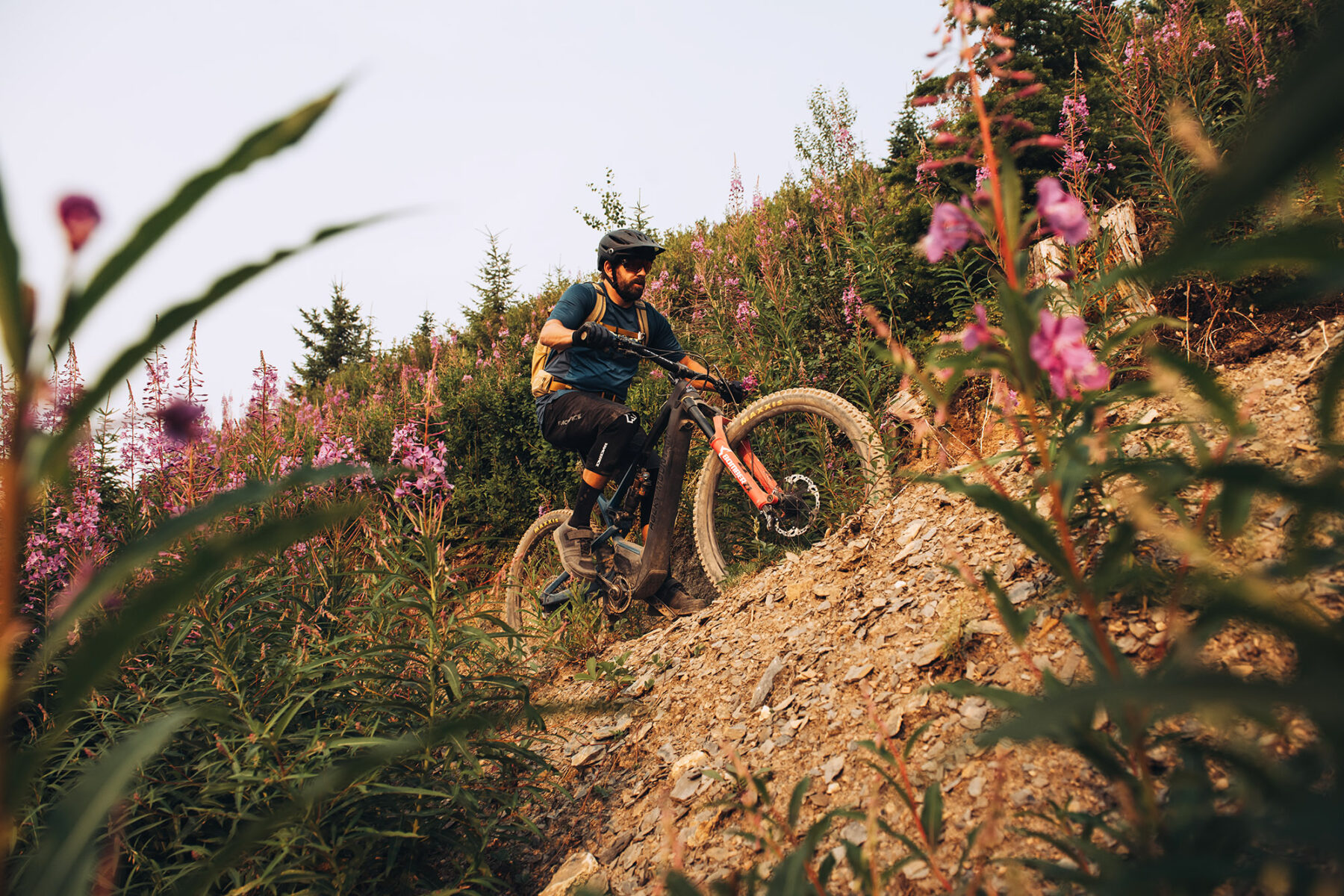
Current prices aside, we think things have stabilised to the point where you will not regret jumping into the eMTB world. Motor designs are reliable, powerful and tuneable; bike geometries have largely struck a great balance of climbing and descending abilities; battery capacity is through the roof, making all-day rides possible; bike aesthetics are clean and less bulky.
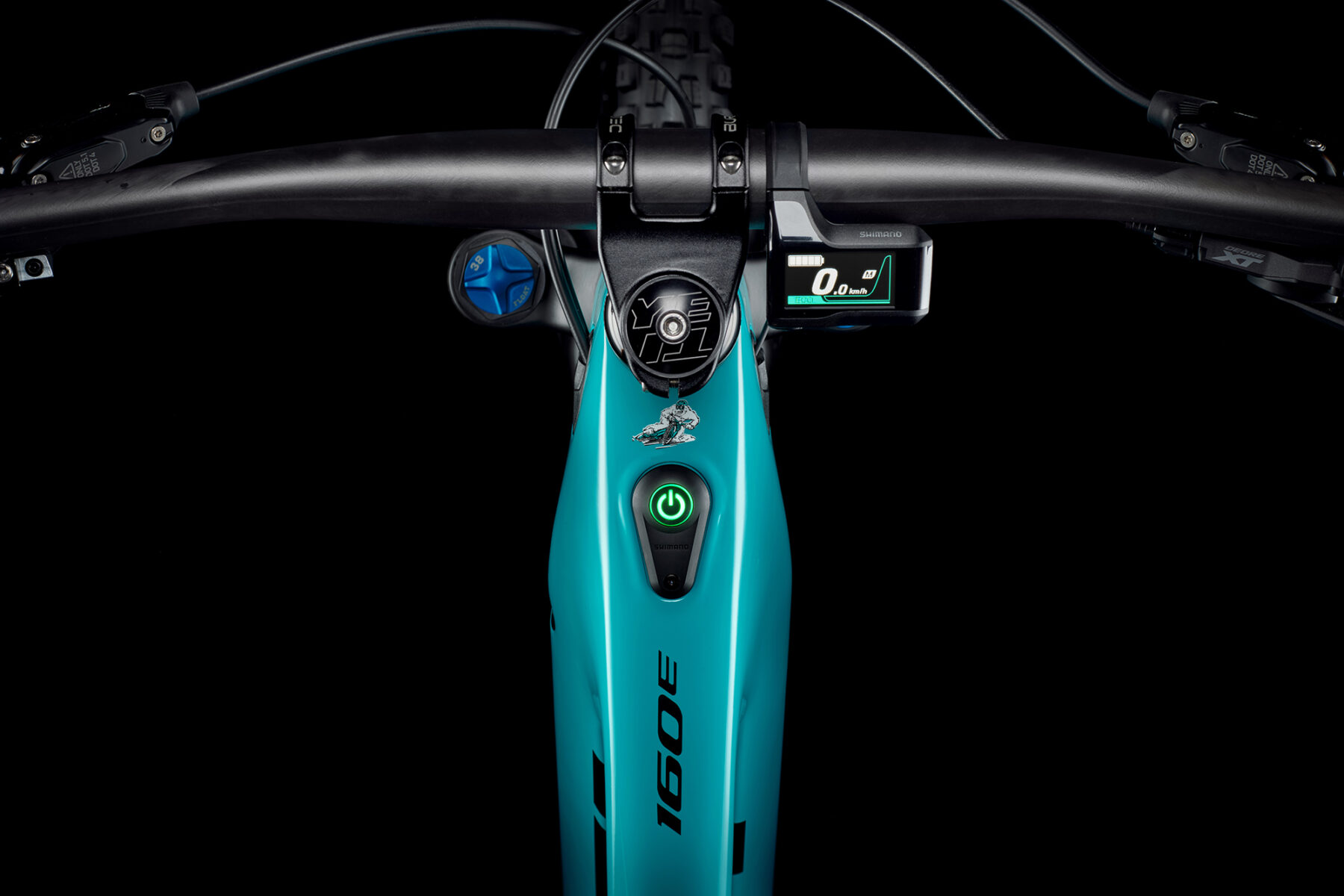
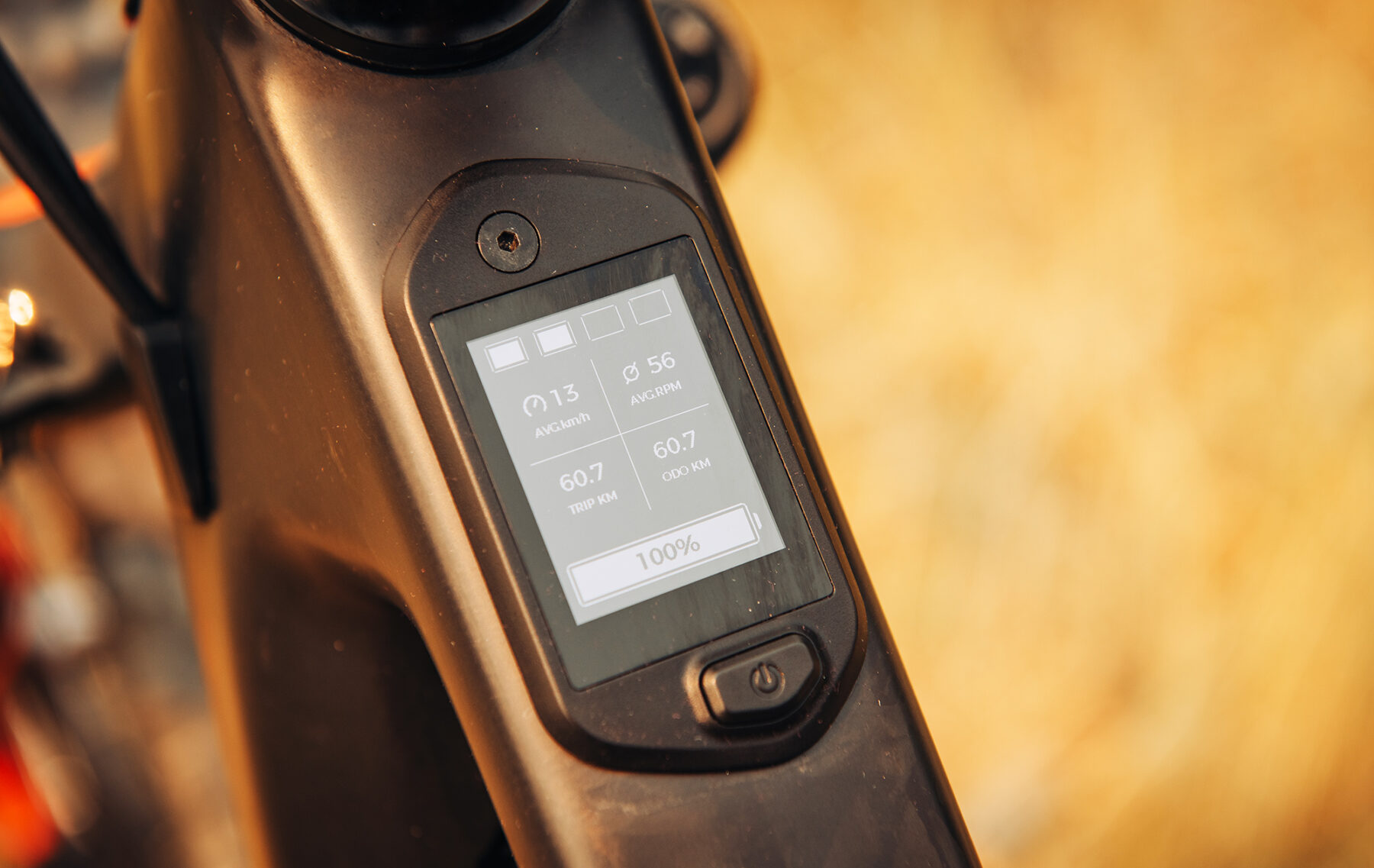
There’s a reason why people on eMTBs are usually smiling. Pull the trigger on an eMTB and enjoy your new riding horizons, we don’t think you’ll regret it.




